Scandinavian home design embodies the very essence of tranquility, comfort, and connection with nature, seamlessly extending the interior aesthetics into outdoor spaces. Adopted globally, its simple yet sophisticated theme continues to shape outdoor designs, vastly influencing the way we perceive and utilize home exteriors and gardens. This discourse seeks to explore the core principles of Scandinavian outdoor design, from its characteristic simplicity and functionality to its intrinsic connection with nature. Furthermore, it will delve into the practical implementation of these design elements, guiding readers on how to transform their outdoor spaces into harmonious extensions of their indoors.
Principles of Scandinavian Outdoor Design
Simplicity in Scandinavian Outdoor Design
One of the fundamental principles of Scandinavian outdoor design is simplicity. This minimalist philosophy is deeply rooted in Nordic culture, which values functionality and understated elegance over ornate and excessive decoration. Scandinavian outdoor design draws heavily on clean lines, soft hues, and natural materials like stone, wood, and metallic elements. This simplistic approach creates a tranquil, uncluttered outdoor setting that harmonizes with the indoor living area, seamlessly blurring the boundaries between the two spaces.

Functionality: A Priority in Scandinavian Outdoor Design
Another integral part of Scandinavian outdoor design is functionality. The Nordic climate swings between long, harsh winters and short, mild summers. Such environmental extremes require outdoor spaces to be practical and adaptable. Outdoor furniture is usually lightweight and movable, allowing homeowners to easily adjust the setup depending on the season. Fire pits, heated lamps, and outdoor blankets are common features to make the outdoor space usable even in winter. Additionally, Scandinavian homes often have patios or verandas to extend indoor living space and create a functional outdoor area that can be enjoyed year-round.
Connection with Nature
Scandinavian outdoor design is deeply connected to nature. This is reflected in the way outdoor spaces are crafted to both respect and draw forth the beauty of the natural world. The use of sustainable, natural materials is a key element in this principle, as is the use of native plants to create a garden that fits harmoniously within the local landscape. Often, Scandinavian gardens incorporate water elements, moss-covered rocks, and wildflowers, creating a wild yet serene atmosphere that invites relaxation. This natural aesthetic not only enhances the beauty of the home, but also helps to cultivate a deep sense of connection with the surrounding environment.

The Role of Light in Scandinavian Design
The clever use of light is another distinguishing feature of Scandinavian outdoor design. Given the region’s long winters and short days, every opportunity to maximize natural light is capitalized on. This can be seen in the strategic placement of outdoor seating areas, mirrors, and light-colored surfaces to reflect and amplify daylight. During darker months, artificial lighting takes on a more decorative role. Lanterns, fairy lights, and candles are used not just for illumination, but also to create a sense of warmth and coziness, turning every outdoor space into a peaceful sanctuary even during the darkest winter nights.
Translating Indoor Principles Outdoors
The principles of Scandinavian home designs converge holistically to create an effortless continuity between the indoor and outdoor spaces. The minimalistic and functional aspects of the design lead to a harmonious extension of the inner living area, fortified by the strategic use of natural elements and lighting, enhancing the interaction with the environment. Consequently, the resulting outdoor area feels like a seamless extension of the home, offering a sanctuary of tranquility, convenience, and charm suitable for unwinding or social activities, irrespective of the season. This is the underlying concept of Scandinavian outdoor design – evolving an extension of the home that matches the comfort, utility, and visual appeal of the interior.
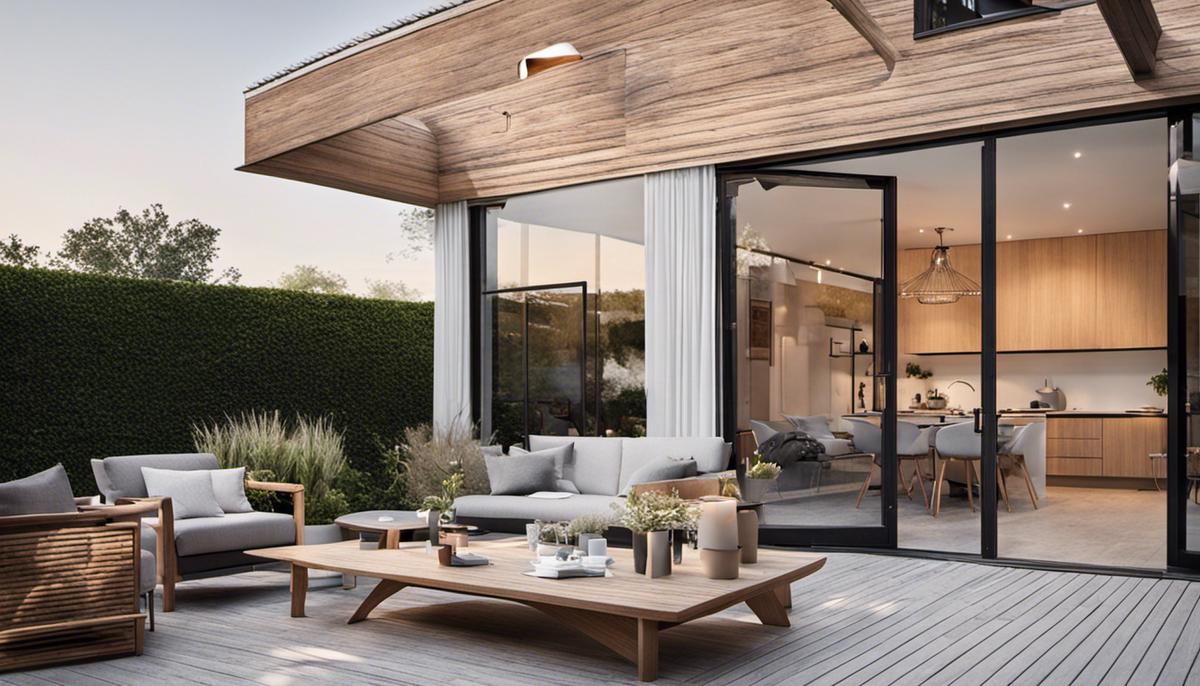
Incorporating Scandinavian Elements into Outdoor Spaces
Dissecting the Scandinavian Design Ethos
The Scandinavian design is a product of Nordic countries like Denmark, Finland, Iceland, Norway, and Sweden, and is venerated for its minimalist, functional, and simplistic features. This style has earned international acclaim for its unpretentious yet abundant beauty that transcends from indoors to outdoor spaces. This design ethos is characterized by the use of geometric lines, minimalistic furniture, an emphasis on natural materials, a palette of light, neutral hues, and the tasteful inclusion of simplistic yet elegant accessories.
Using Minimal Furniture in Scandinavian Design
Embracing the outdoor living is about creating a space that is functional, comfortable, and visually appealing. A major element of Scandinavian outdoor design is the use of minimal furniture. The idea is to create a space that is uncluttered and clean, giving an aura of serenity and peacefulness. Outdoor furniture such as a simple teak or oak dining table set, lounge chairs with clean lines, or a simple bench can collectively provide an effortless Scandinavian aesthetic. The functionality of each piece is essential, each item should have a purpose, eliminating the need for excessive decoration.

The Use of Natural Materials
Incorporating natural materials is another fundamental concept of Scandinavian design. Scandinavians have a deep respect for nature, this is reflected in their design choices, using materials such as wood, rattan, stone, and wool. For example, a wooden deck or patio not only integrates a natural element but also provides the perfect base for your outdoor space. Stone pathways or pebble accents also add a natural element to the space. This spirit of nature could also be brought in with the use of woolen blankets or rugs which adds warmth to the area.
Choosing Light, Neutral Colors
Opting for a light and neutral color palette is a signature style element of Scandinavian design. It is commonly associated with white, but it also includes shades of gray, blue, and beige. The use of these colors in your outdoor space can create a fresh, clean, and calming atmosphere. Outdoor furnishings and accessories in these color schemes can give an illusion of more space and seamlessly blend in with the environment.

Elegant, Simple Accessories
Another way to extend the indoors to outdoors and continue the Scandinavian theme is through the use of elegant, simple accessories. Nordic design emphasizes functionality but does not forget the importance of aesthetics. Elements like outdoor rugs, planters, lanterns or lights, throw pillows or blankets, minimal art pieces, or a simplistic fire pit can add character and charm. These accessories should be carefully chosen and sparingly used, aligning with the ‘less is more’ mentality of this design approach.
Unleashing the Charm of Scandinavian Simplicity with Gardening
One essential element of genuine Scandinavian outdoor design is the incorporation of lush, green spaces. The inclusion of plants and greenery not only infuses life into your outdoor space but also cultivates a serene ambiance. Traditional Scandinavian gardens often house conifers, mosses, birch trees, and woodland flowers, an arrangement that encapsulates simplicity and beauty. Additionally, integrating potted plants, ranging from fragrant herbs to robust vegetables, could transform any exterior area into a tranquil, Scandinavian-inspired retreat.
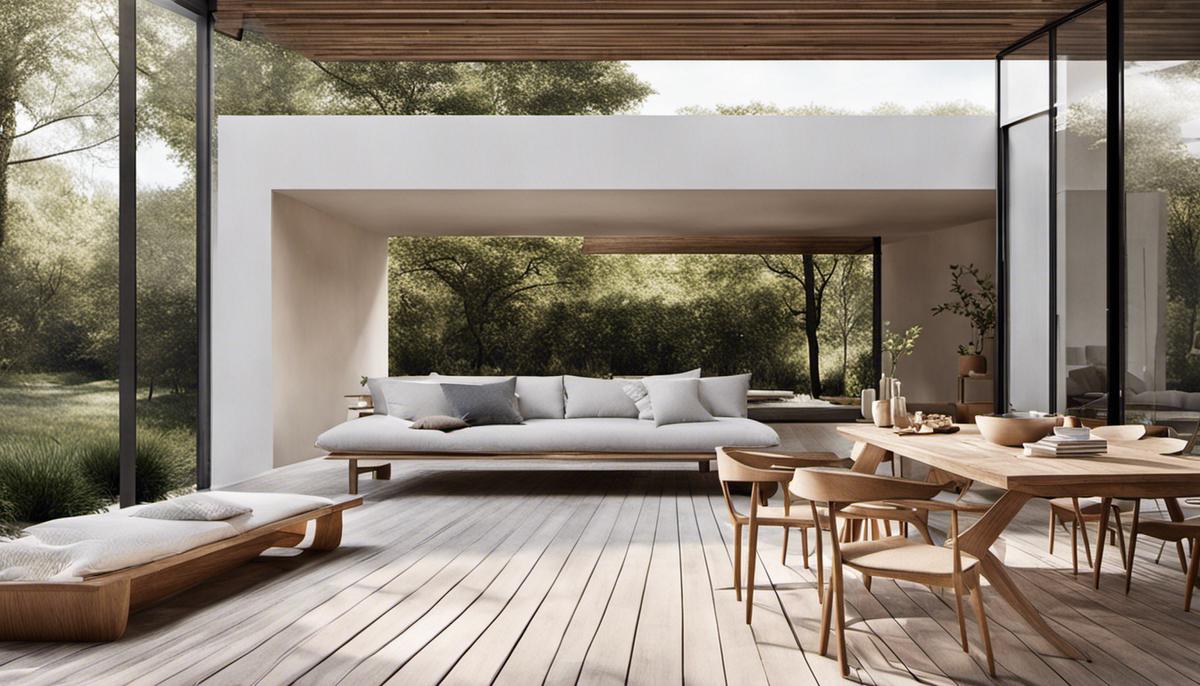
Case Studies of Scandinavian Outdoor Designs
Case Study 1: Perfecting the Harmony Between Interior and Exterior Spaces
The first case study focuses on an architectural gem located in the heart of Sweden, crafted by acclaimed Scandinavian architect Claudius Peters. The complexity of this project resided in the need to create an outdoor space as enthralling as the interior design of the home. Inspired by the Scandinavian design tenets of simplicity, functionality, minimalism, and nature integration, Peters fashioned a smooth transition from the home’s interiors to its exteriors. He maintained consistency by using a monochromatic color palette and minimalist furniture, creating a soothing and unified aesthetic.
An instrumental aspect of the design approach was to maintain the space’s functionality throughout different seasons. As such, a heated outdoor seating area fitted with a modern fireplace was incorporated to ensure the space’s use, even during the cold Scandinavian winters. Large windows were strategically positioned to provide visibility and easy accessibility to the outdoor space regardless of weather conditions.
Case Study 2: The Harmony of Natural Elements and Modern Design
Another striking example of outdoor Scandinavian design is the Hansen House situated in Denmark. The designer, Olivia Hansen, faced the task of renovating a 19th-century house while maintaining its historical sentiment and blending it with modern design elements. At the heart of Hansen’s design approach was the Scandinavian principle of ‘friluftsliv,’ the belief in the revitalizing power of nature.
The outdoor space included a well-manicured garden laden with a mix of native and other sustainable plant species. The alfresco dining area, placed under the shade of large trees, provided an intimate and relaxed experience of outdoor dining, promoting a close connection with nature while still enjoying modern conveniences.

To ensure continuous use of the outdoor areas, Hansen incorporated sturdy yet comfortable furniture that could withstand weather changes. In addition, she used large glass doors, providing easy access to the outdoor spaces and creating a cohesive transition from the indoor areas.
Case Study 3: A Modest Urban Oasis
A third case study presents a small urban patio in Norway’s capital, Oslo, designed by landscape architect Marie Solheim. Despite the compact area, Solheim successfully turned it into an outdoor extension of the indoors by using sleek, modern outdoor furniture and a muted color scheme to tone with the indoor decor. An essential part of her design process was prioritizing efficient space utilization, following the Scandinavian principle of practical functionality.
To overcome the lack of green space in the urban setting, she maximized the use of vertical spaces by hanging planters and adding a vertical garden. This green element brought calmness and tranquility to the space, a vital component of Scandinavian designs that value bringing nature closer to home.
Conclusion
Each of these case studies demonstrates the unique application of Scandinavian outdoor design principles, creating beautiful, functional, and comfortable outdoor spaces that extend the home’s interior into nature. It underlines the Scandinavian approach to outdoor space — a practical, minimalist design that enhances livability and encourages a healthier connection with nature.
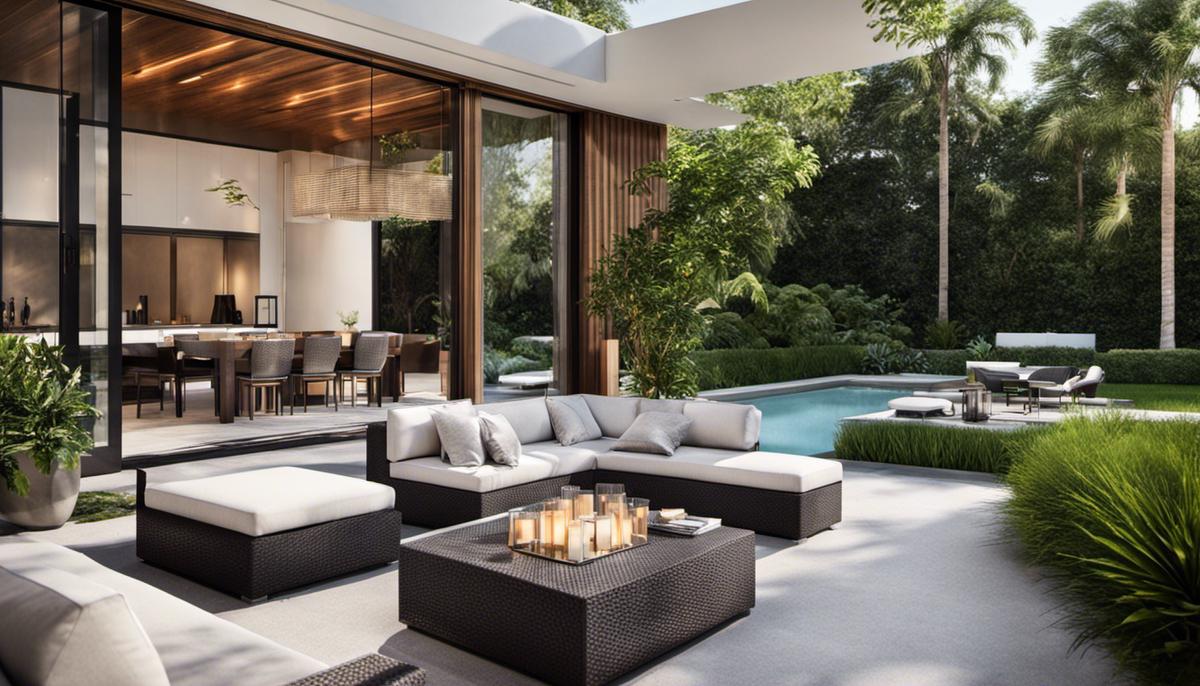
Through a deeper understanding of the principles and elements that constitute Scandinavian outdoor design, one can curate an outdoor space that is aesthetically pleasing, practical, and seamlessly connected with the interiors. The case studies showcased in this discourse provide insightful references, illuminating the doable process behind some of the remarkable Scandinavian designs that have left an indelible impact on their owners’ homes. It reinforces the idea that with clever design and mindful choices, our outdoor spaces can become more than just backyards or patios; they can be a valuable extension of our living spaces, where we can bask in the beauty of nature while enjoying the comforts of home.

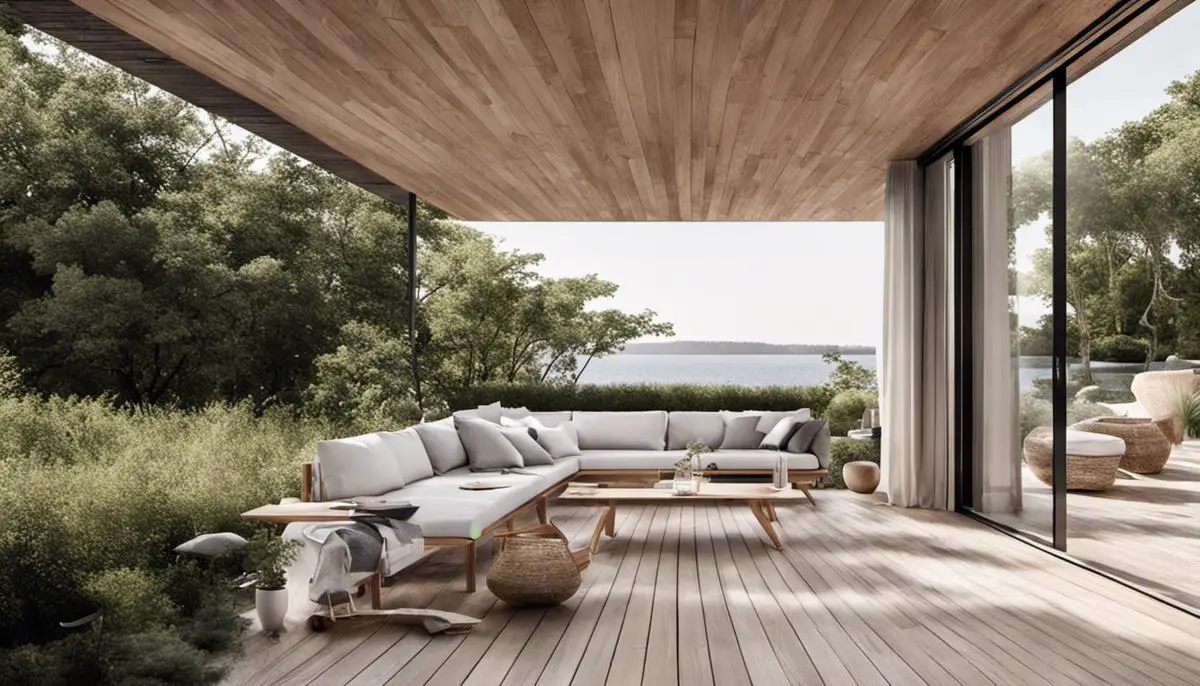
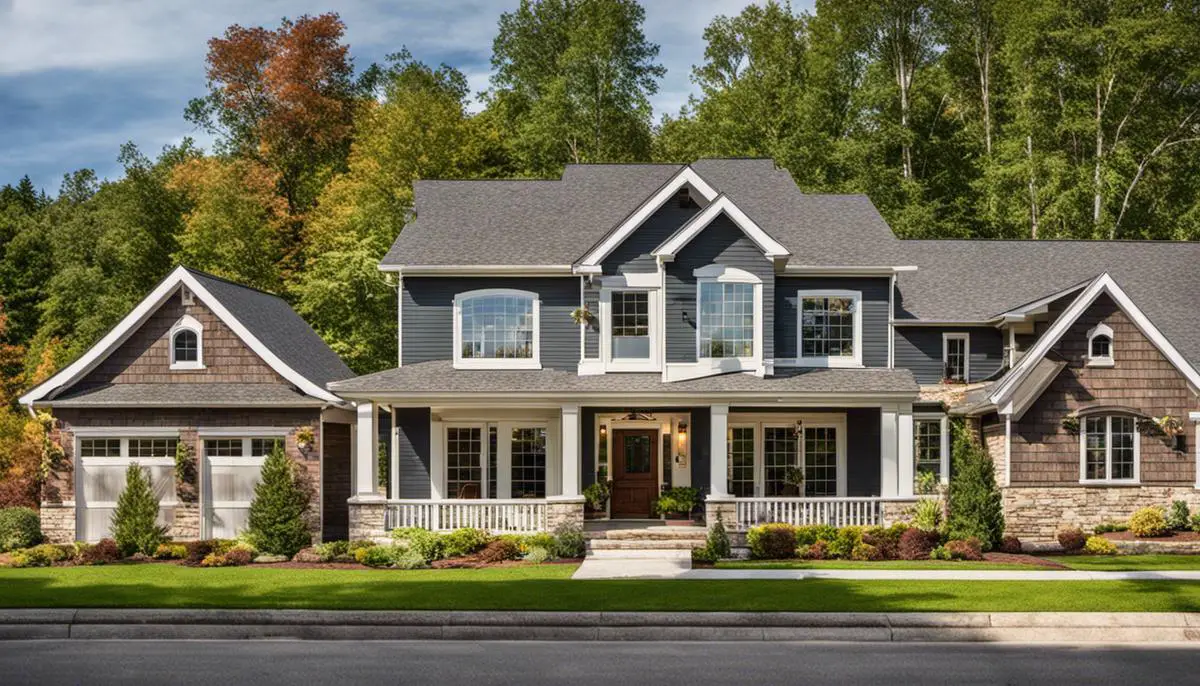
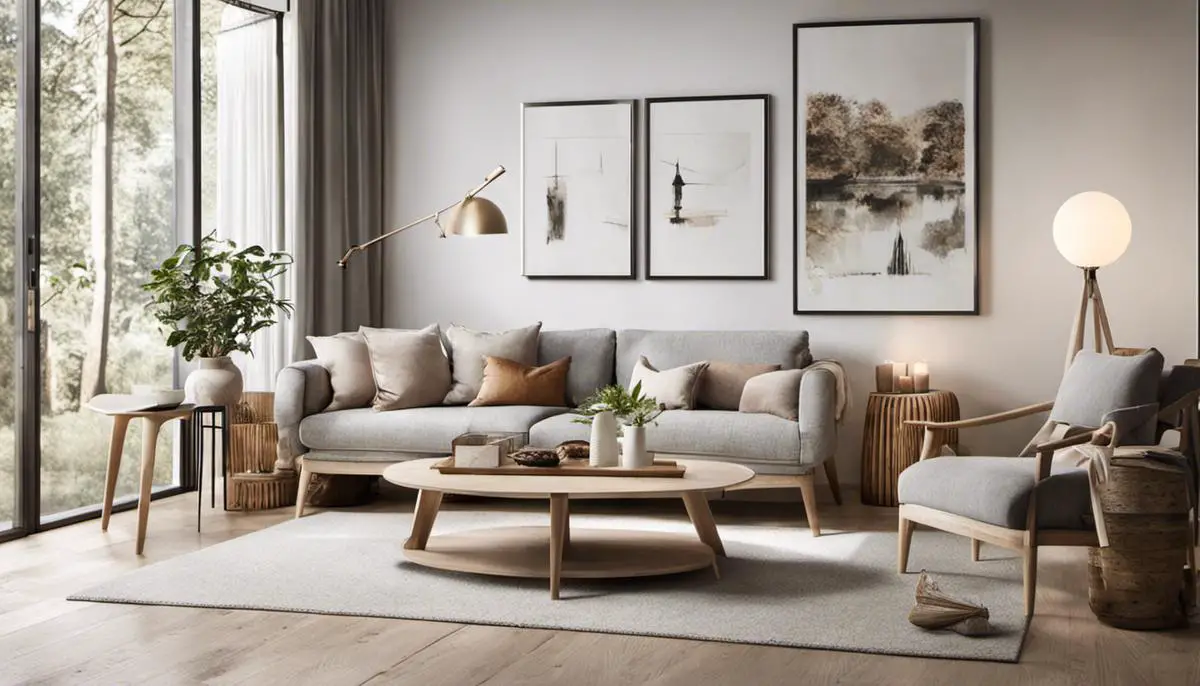
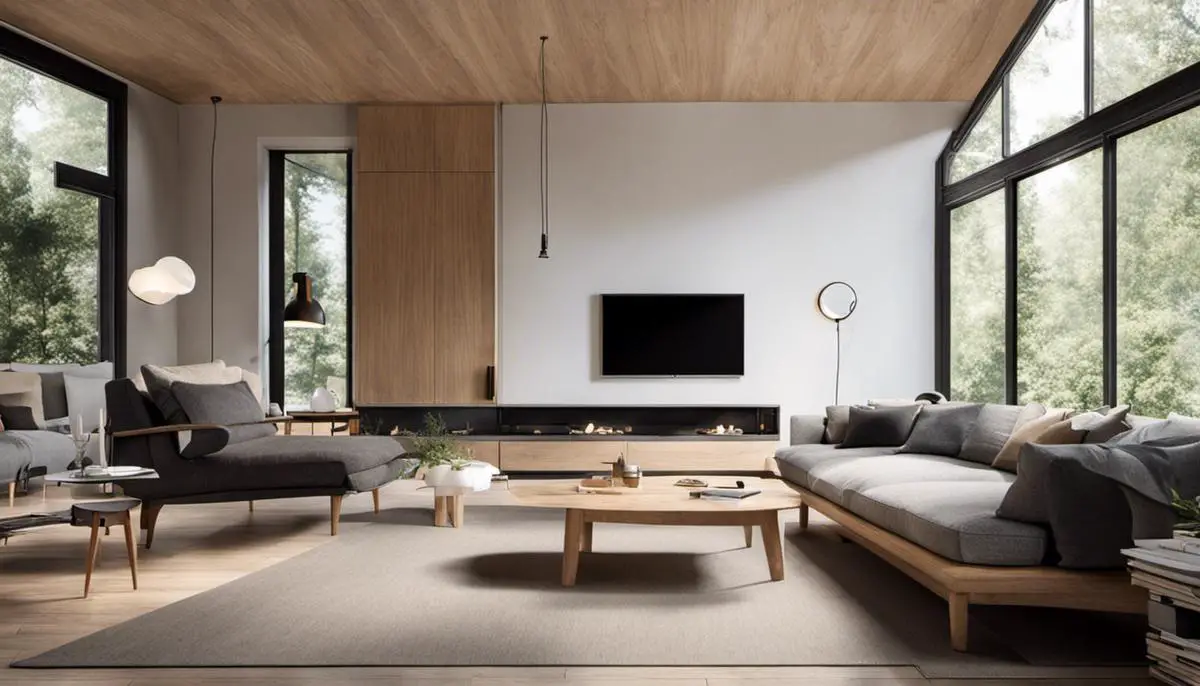

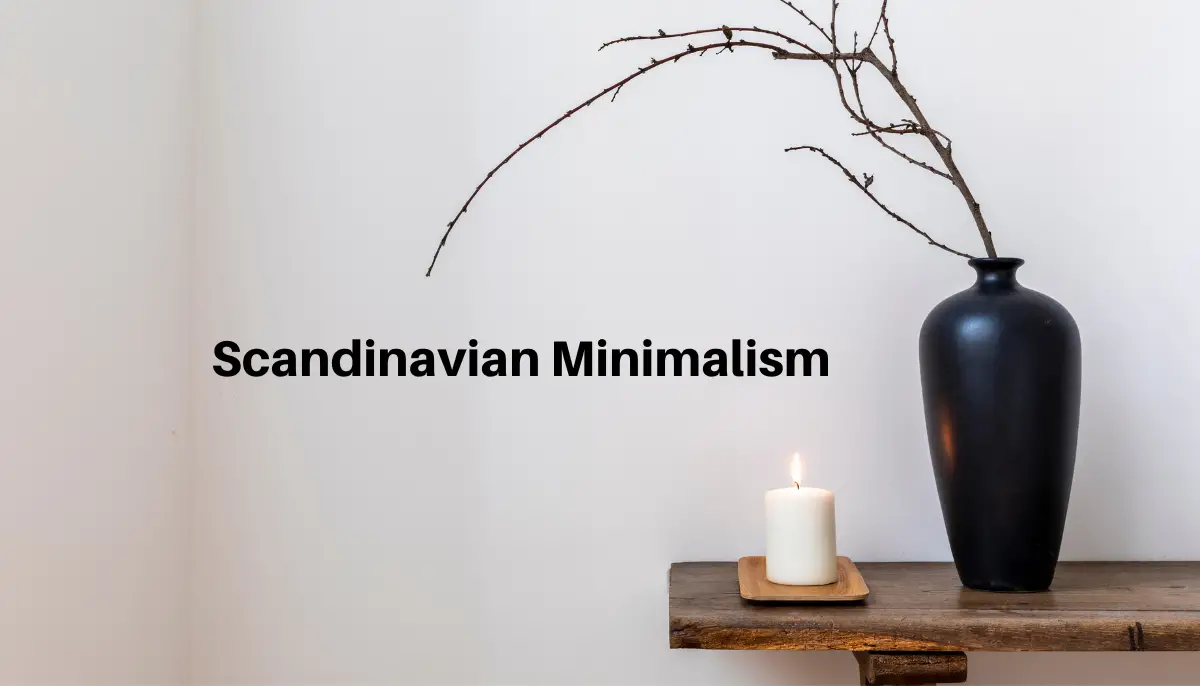
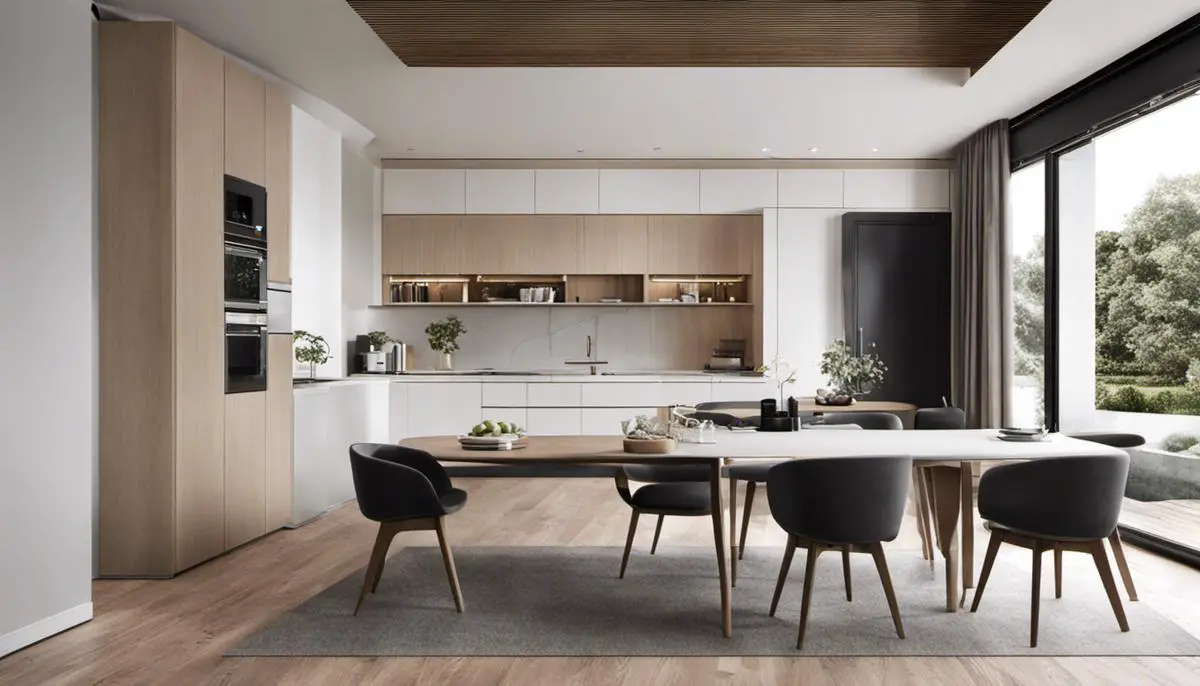
Leave a Reply